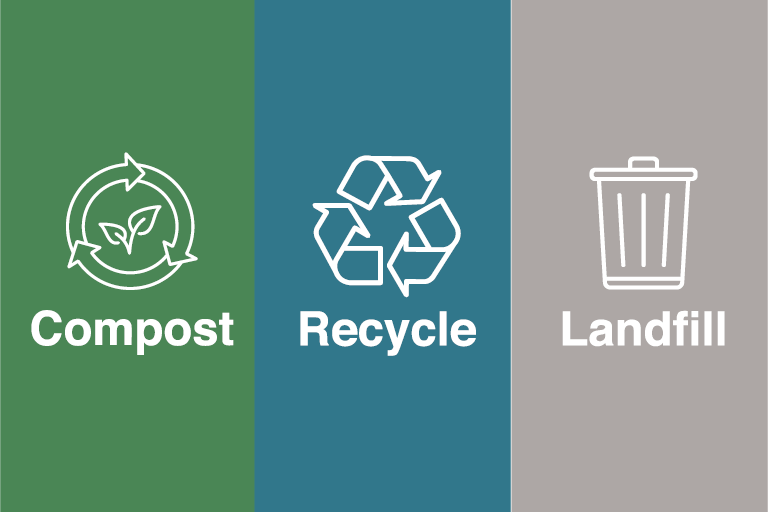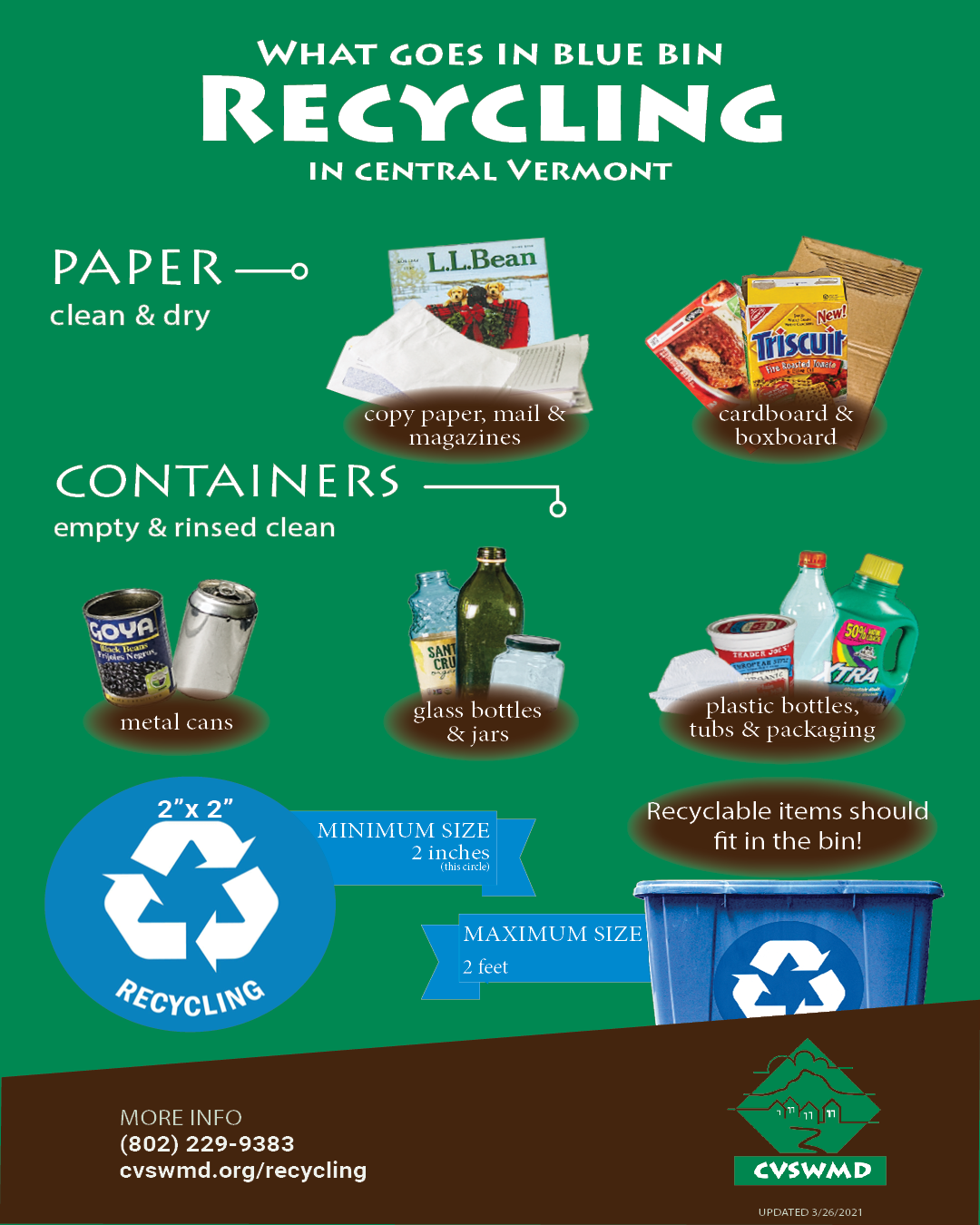Recycling Lives Services: Transforming Waste right into Prized Possession Resources
Recycling Lives Services: Transforming Waste right into Prized Possession Resources
Blog Article
Understanding the Category and Handling of Various Kinds of Waste
Reliable waste monitoring is crucial for environmental sustainability, requiring a comprehensive understanding of the category and handling of various waste types. Family waste, industrial spin-offs, unsafe products, digital refuse, and organic residues each necessitate unique procedures to make certain safety and decrease environmental damages.

Home Waste
Family waste, including a broad array of disposed of materials created from daily living tasks, stands for a considerable element of the total waste stream - recycling lives services. This classification includes natural waste such as food scraps, yard cuttings, and paper items, together with not natural materials like plastics, metals, and glass. The diverse nature of household waste demands efficient category and monitoring to alleviate environmental influence and advertise lasting living techniques
Reliable family waste monitoring starts with partition at the resource, facilitating recycling, composting, and secure disposal. Organic waste, for example, can be composted to create nutrient-rich dirt modifications, minimizing landfill worry and boosting soil wellness. Recyclable products, consisting of paper, glass, and certain plastics, can be processed and repurposed, minimizing and conserving resources power intake related to brand-new material manufacturing.
In addition, dangerous household waste such as batteries, digital devices, and cleansing chemicals calls for specialized handling to stop dirt and water contamination. Public awareness projects and convenient disposal choices play important roles in ensuring appropriate disposal and recycling of these materials. By implementing durable waste decrease approaches and promoting neighborhood engagement, towns can significantly relieve the environmental impact of house waste.
Hazardous Waste
Industrial waste, a major factor to international waste generation, encompasses a varied variety of products generated by production, building, and other industrial activities. This classification includes spin-offs such as scrap steel, plastics, rubber, chemicals, and various other deposits. The composition and volume of industrial waste can vary substantially depending on the industry and production processes entailed. Effective monitoring of industrial waste is vital for decreasing ecological effect and promoting lasting practices.
The handling of commercial waste commonly entails a number of procedures: collection, disposal, segregation, and treatment. Collection systems are made to efficiently gather waste materials from various resources within a commercial operation.
Embracing strategies such as waste reduction, resource recuperation, and recycling can considerably minimize the problem of hazardous waste on the environment, contributing to even more lasting commercial methods.
Contaminated Materials

The category of dangerous waste is commonly based on its physical and chemical characteristics. Toxic wastes click contain unsafe compounds that can create adverse health and wellness results even at low concentrations. Harsh wastes can harm or destroy living products and tissues. Flammable wastes can quickly ignite, posing fire threats, while responsive wastes can create explosions or release poisonous gases upon call with various other materials.
Reliable contaminated materials administration includes several crucial methods: recognition and segregation of dangerous materials, safe transportation and storage, and suitable therapy and disposal. Treatment techniques might include chemical stablizing, incineration, and neutralization. Governing conformity is necessary, led by frameworks such as the Source Preservation and Recovery Act (RCRA) in the USA, which makes certain ecologically audio and secure administration of hazardous waste.
Electronic Waste
Electronic waste, typically abbreviated as e-waste, represents a growing obstacle in waste monitoring due to the quick obsolescence of technology. This classification includes a wide series of thrown out electronic gadgets, consisting of smart devices, computer systems, tvs, and family home appliances. The intricacy of e-waste depends on its make-up; these products include a mixture of beneficial materials such as gold and copper, along with hazardous substances like mercury, lead, and cadmium.

Regulations and laws, such as the European Union's Waste Digital and electric Equipment (WEEE) Regulation, aim to promote accountable e-waste management. These plans mandate suppliers to promote the collection and recycling of electronic products, therefore lowering the concern on land fills and lessening environmental contamination.
Organic Waste
Organic waste, including biodegradable materials such as food scraps, backyard trimmings, and agricultural residues, comprises a substantial section of the municipal strong waste stream. This sort of waste is Read Full Report remarkable not just for its volume yet also for its possible ecological effect if not handled properly. Organic waste can disintegrate anaerobically in garbage dumps, creating methane, a powerful greenhouse gas contributing to climate change.
Proper handling of organic waste involves several techniques. In addition, drawing away food waste from landfills through donation programs can alleviate food insecurity while reducing waste.
Municipalities and businesses are significantly identifying the relevance of organic waste monitoring. Implementing extensive organic waste recycling programs not only reduces ecological impacts but also aligns with wider sustainability goals, advertising a round economy where sources are continually reused and repurposed.
Conclusion
Effective waste management and ecological security necessitate an extensive understanding of the category and handling of different waste types. Implementing ideal methods for each waste kind ensures risk-free and liable waste monitoring techniques, ultimately contributing to the security of ecosystems and public health.
Efficient waste monitoring is pivotal for environmental sustainability, needing a thorough understanding of the classification and handling of various waste types.Family waste, incorporating a wide range of disposed of products created from day-to-day living tasks, stands for a significant component of the general waste stream.Industrial waste, a significant factor to global waste generation, encompasses a diverse range of materials produced by manufacturing, building and construction, and other commercial tasks (recycling lives services).Unsafe waste, a vital worry in waste administration, makes up materials that position significant risks to human health and the environment due to their harmful, corrosive, combustible, or responsive homes.Organic waste, including biodegradable materials look at this now such as food scraps, backyard trimmings, and farming residues, makes up a substantial part of the municipal solid waste stream
Report this page